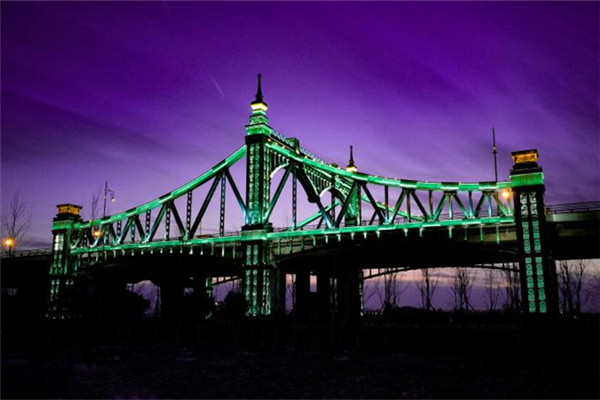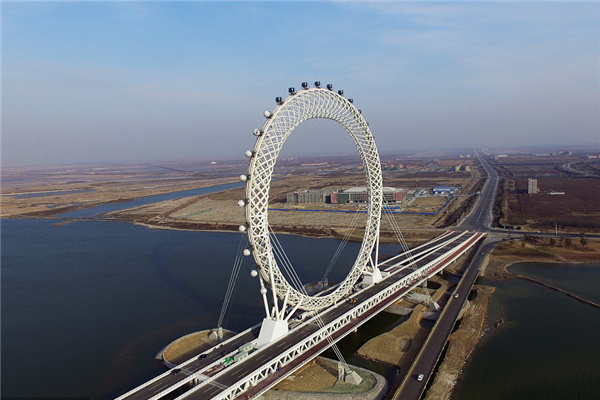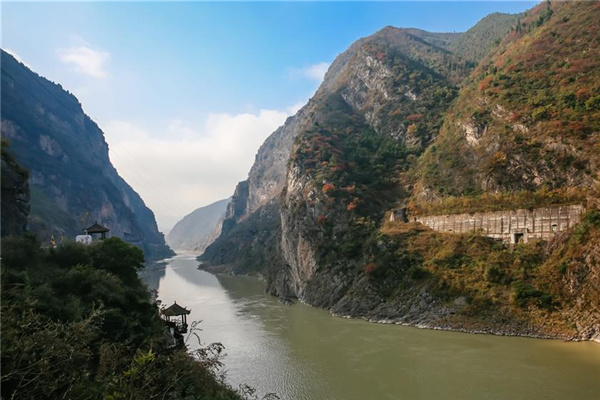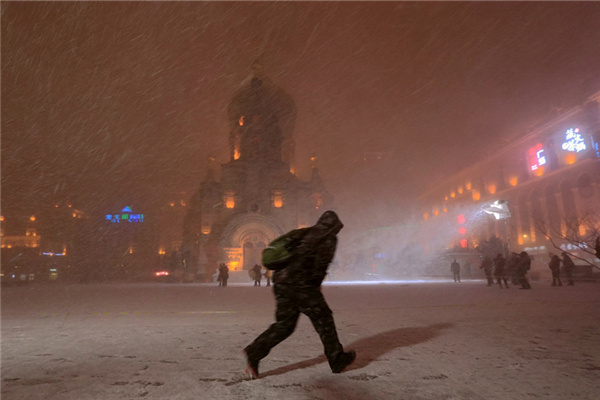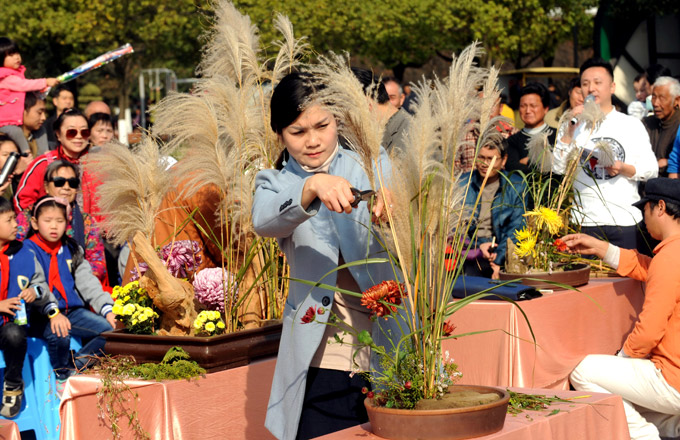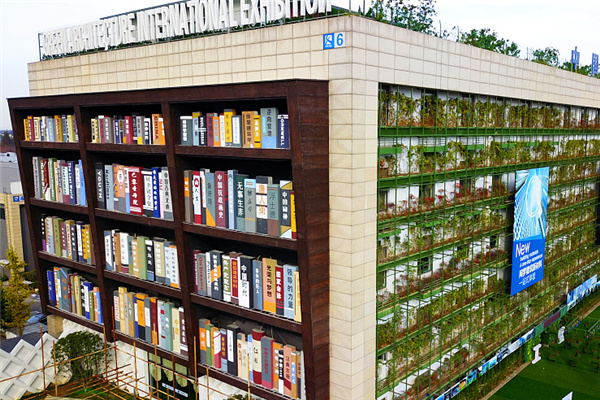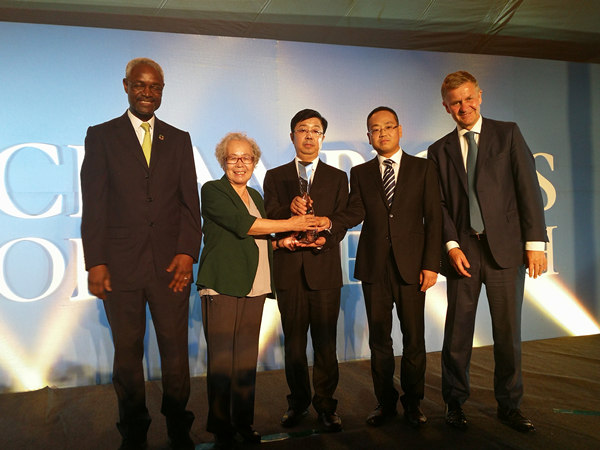

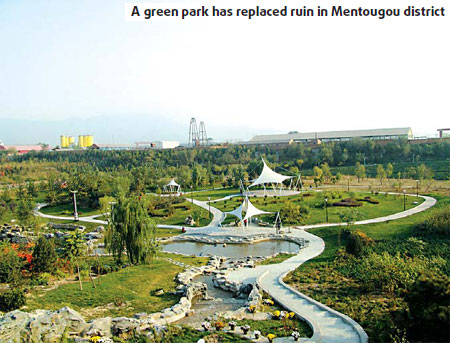
Beijing's Forbidden City is an enduring and remarkable symbol of ancient China. The imperial palace, which was built from 1406 to 1420 (Ming Dynasty), draws travelers from every corner of the world.
But for over 600-years one of the great contributors to the Forbidden City has been hiding under its glory. The Mentougou district, a mountainous area located 90 km from downtown Beijing and the coal, sand and limestone that built the glorious Forbidden City came from there.
"In the ancient era, coal, sand and limestone from Mentougou supported the construction of the Forbidden City," says Zhang Wenbo, director of science and technology commission of Mentougou district.
Beijing's additional development in the following years also depended on Mentougou's strong geological support.
Unfortunately, the growth of Beijing also brought pain to the region. As the towers in Beijing became higher, Mentougou's natural resources become fewer and its eco-system was in tatters.
But things changed three years ago when the local government began a large-scale campaign to repair and restore the district's environment.
Centuries of mining had left the region suffering from several problems: the underground water level had declined drastically, most of the mountains were destroyed and had not been replanted and the former coal mine had become an enormous garbage dump.
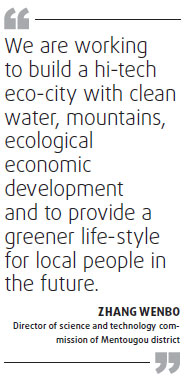
Zhang says the local government and Finland-based VTT Technical Research Center are working to repair the damage and to redesign the environment to meet the demands of modern, green economic development.
"We are working to build a hi-tech eco-city with clean water, mountains, ecological economic development and to provide a greener life-style for local people in the future," he says.
As part of the effort 98 percent of 264 private coal-mining companies in Mentougou were shut down beginning in 2005.
The district also invested more than 900 million yuan to repair 1 million sq m of mountain areas with vegetation.
By dividing the mountainous area into eight smaller regions, in three years they have turned the scrap coal and limestone pits into three large-scale parks.
Ecological business
After three-years of repairs, autumn's beauty in mountainous Mentougou now displays colorful foliage and several kinds of fruits.
This fall, Yanchi township is cashing in with red Fuji apple picking orchards.
"Over 15,000 people from both home and abroad came to our apple orchard to enjoy life in China's countryside," Bai Xianping, a local farmer, tells China Business Weekly, adding that he hopes to earn over 25,000 yuan from his new business in this fall.
White pears, roses, honey and cherries are also the most attractive products that local gardens and orchards provide for travelers.
To enjoy the benefits of the region's new eco-environment, it is increasingly up to locals to contribute, says Cao Yuting, engineer of Mentougou's environment protection station.
Cao gives a good example. Since 2007, the local government has helped farmers build a "rose valley" in western Mentougou.
The annual rose output is currently 150,000 tons. And farmers have also been developing more value-added products from the roses.
For a successful eco-city, "to my view, the most difficult thing is not to repair the destroyed eco-system or restrict people's behavior to protect it - but to make local residents consciously manage the environment and benefit from it," Cao says.
Cao also shares the following plans for the running the ecological businesses in Mentougou.
"We also have a lot of historic buildings in Cuandixia , a village in the area famous for its unique architecture. We will also make better conditions for planting more kinds of value-added products. All of these will be our fortune that we can share with local residents."
By 2010, the ecological businesses could generate over 2.5 billion yuan annually, Cao adds.
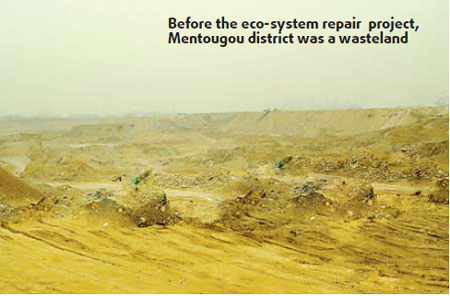
(China Daily 12/22/2008 page10)
